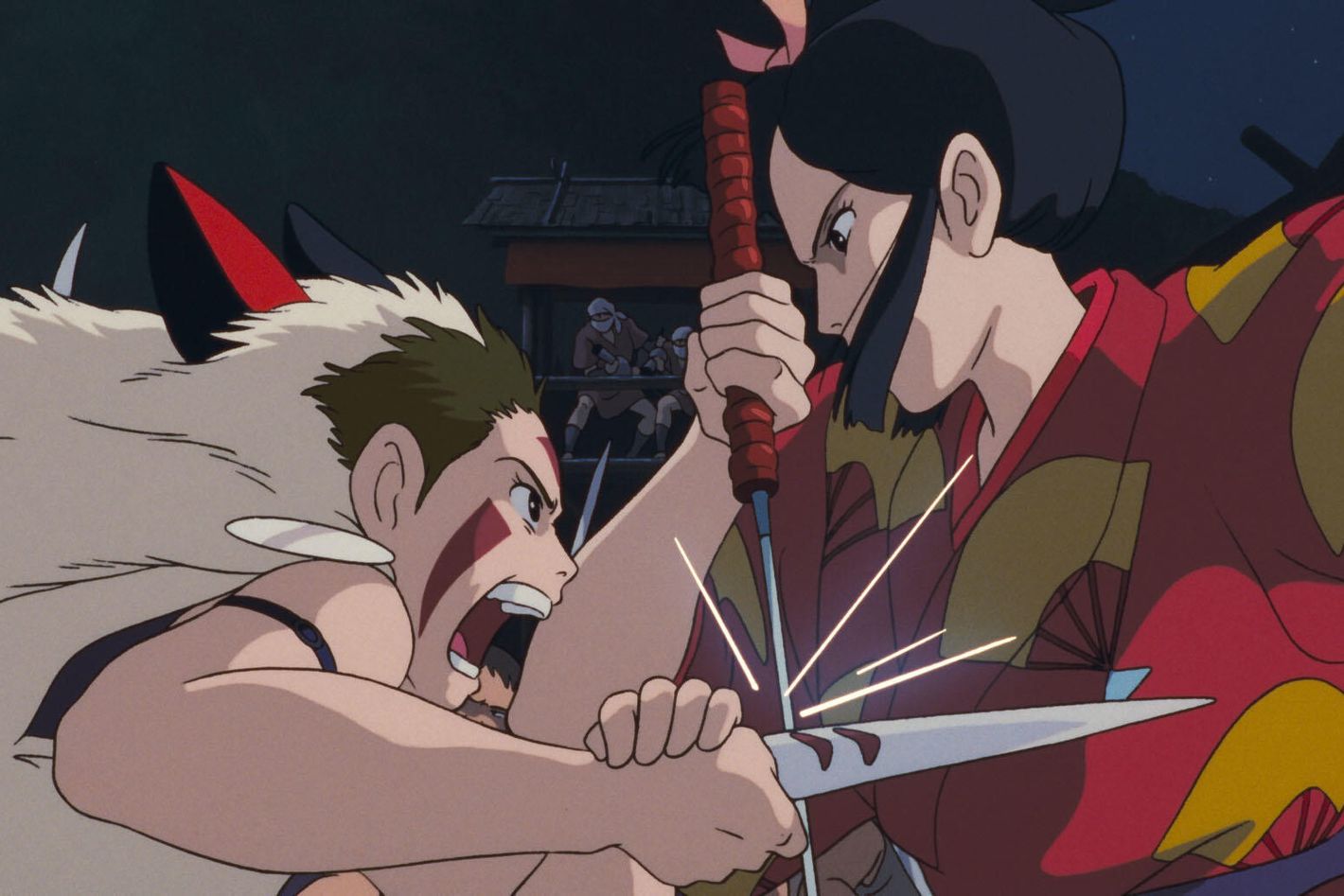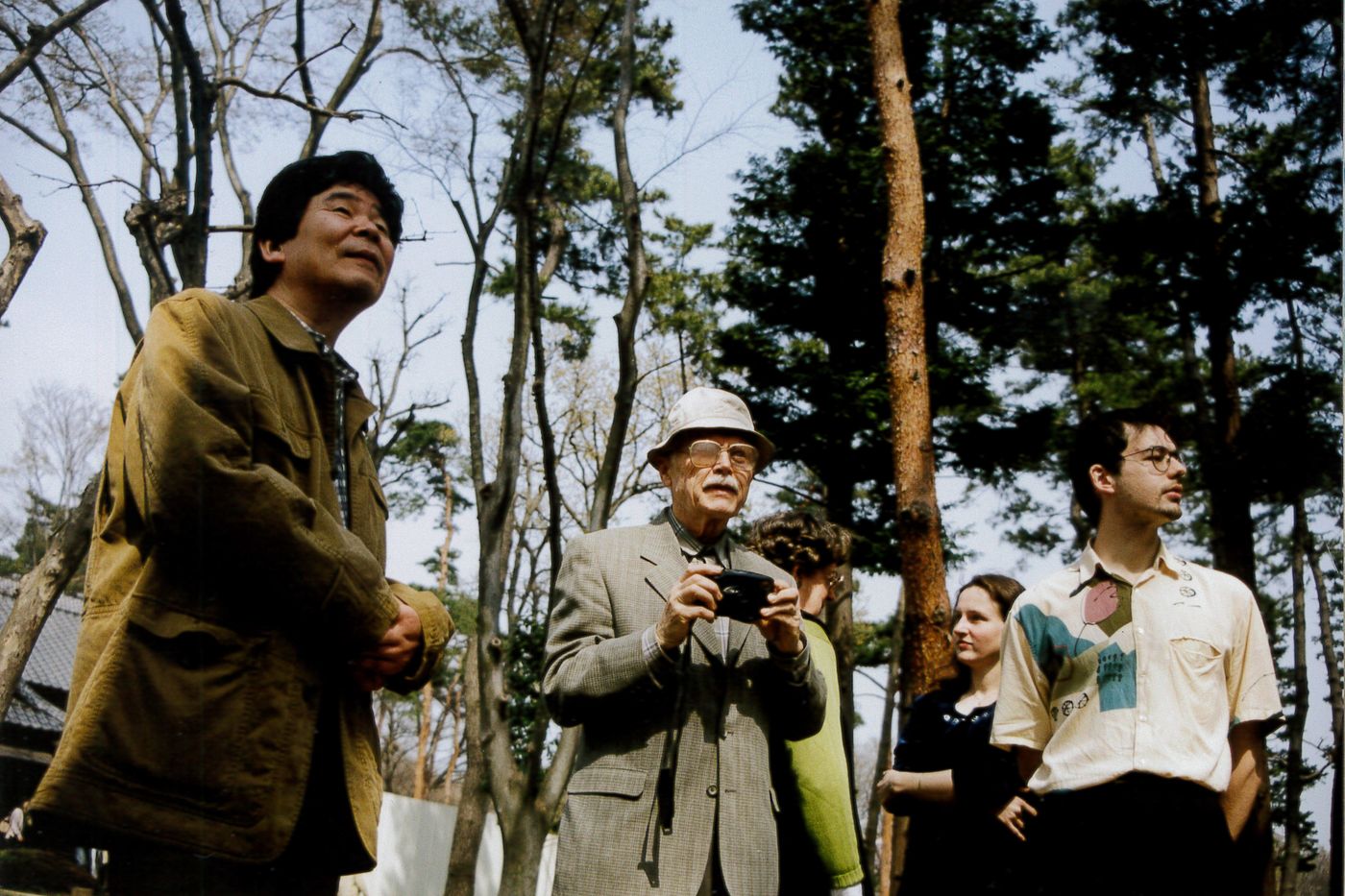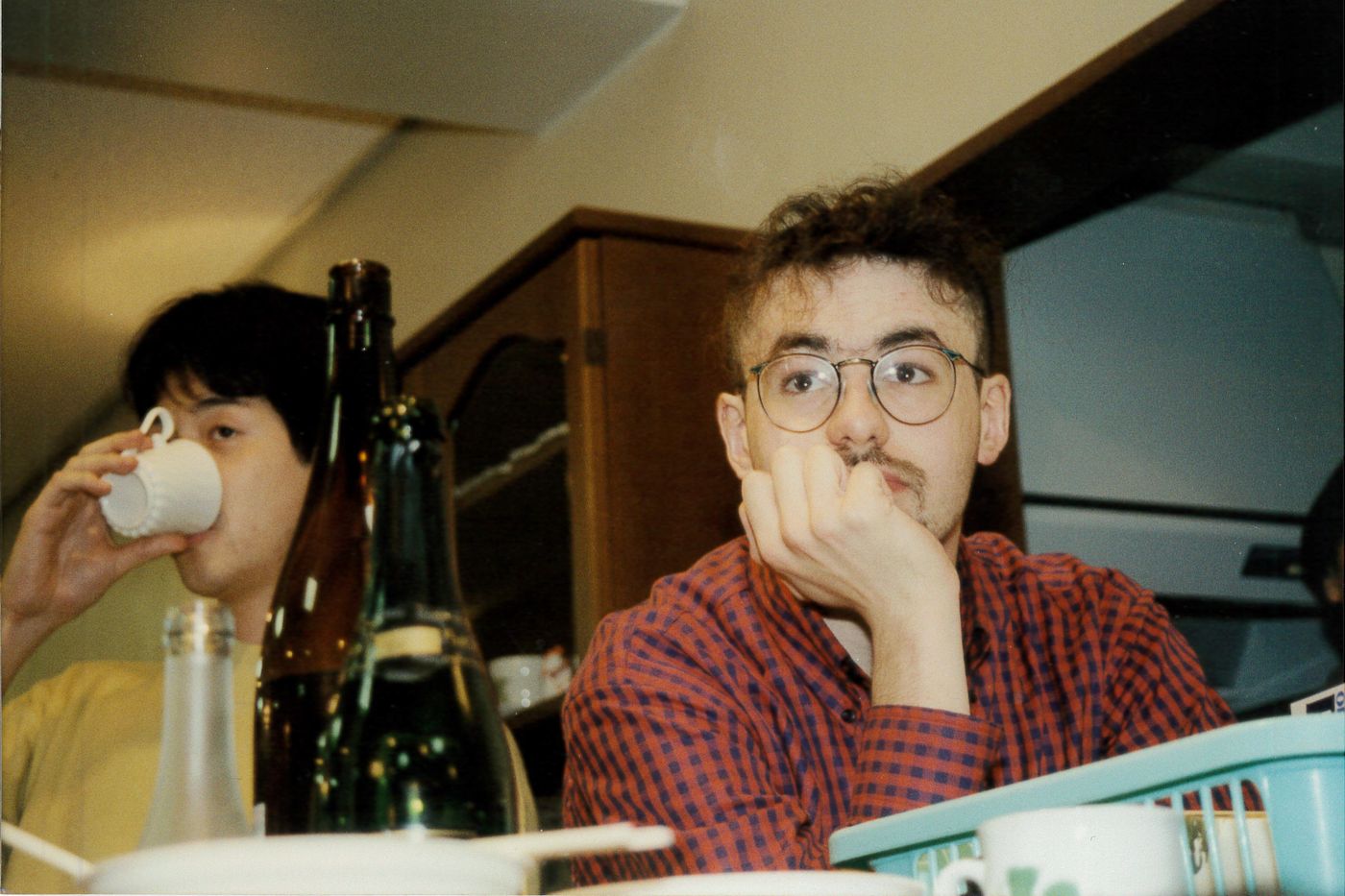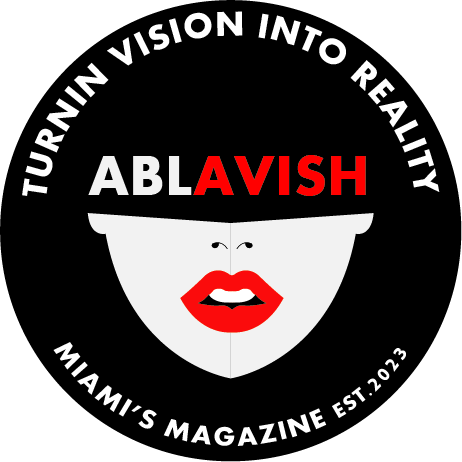What Working on Princess Mononoke at Studio Ghibli Taught Me


Hayao Miyazaki does not announce himself — he appears. Or at least that’s how the director revealed himself to animation student David Encinas on the street during 1993’s Annecy International Animation Film Festival. “Some classmates were on the other side of the street, and suddenly, I see them pointing. I turned my head and Miyazaki was just there, beside me, waiting to cross,” Encinas says. “It was just like that scene in My Neighbor Totoro, when the girls are waiting in the rain and that giant Totoro comes in and waits quietly.”
Their encounter would eventually lead to a conversation intermediated by a translator, an ad hoc animation critique, and, some years later, a job on Miyazaki’s 1997 classic Princess Mononoke, which has been remastered and re-released in Imax for the first time this week. Today Encinas still animates and teaches animation at Gobelins Paris, but in the mid-’90s, he became one of the only Western artists to ever work for Studio Ghibli, living an animator’s dream: contributing to the films of generational talents like Miyazaki and Isao Takahata, while learning from Ghibli’s top lieutenants. Once he got there after notching a few years of professional experience, they made him start from scratch, just like everyone else: “Bouncing ball exercises and drawing hands,” Encinas recalls. “And I was so grateful for that. In less than three months, I learned more than in all my years combined at Gobelins and Disney.”
At Annecy, after Miyazaki watched and tried to give notes on Encinas’s animation reel through a translator, Encinas asked him outright what it would take to get hired at Ghibli. Miyazaki set one condition: “Learn Japanese.” For the next two years, as he worked on The Goofy Movie and as a freelancer, Encinas spent a chunk of his early-career wages on lessons. He returned to Annecy in 1995, where he introduced himself to Miyazaki’s colleague Takahata. At that point Ghibli producer Toshio Suzuki recognized him from the meeting with Miyazaki, and passed him his card, encouraging him to come to Japan to take Ghibli’s animation test. “He must have thought, Oh shit, he really did learn Japanese,” Encinas jokes.

Determined to shoot his shot, Encinas made his way to Tokyo that summer, where Miyazaki challenged him to produce a layout animation to be completed in the morning and critiqued in the afternoon. Encinas remembers Miyazaki muttering to himself as he flipped through the pages: “Okay, first part, yeah, might be okay…” Then he pulled out sheets of thin, nearly transparent yellow paper, the kind Japanese animators use for corrections, and began to doodle.
“As soon as Miyazaki started drawing, I started to understand the gap,” Encinas says. His Western animation education and his understanding of anatomy differed dramatically from what Miyazaki required. And the studio was already working on Princess Mononoke, their most ambitious project yet and one whose drawings were already splayed across the studio’s layout tables when he visited. “When I saw the quality of the drawing, I knew that I couldn’t get at that,” he says. “But they offered to train me under the supervision of the best animators they had.”
Such was the ethos at Studio Ghibli, a work culture that prioritized tutelage even during their most expensive and stressful production yet. Hand-drawn animation is laborious and iterative even in the most ideal of circumstances, but the Princess Mononoke production was a period of well-documented studio crunch, round-the-clock schedules, and deadline pressure. The company poured so much money and resources into the movie that Miyazaki has been quoted as saying he didn’t care if it bankrupted them. The staff knew it. “If Princess Mononoke didn’t work, Ghibli would’ve closed,” Encinas says.

Under those circumstances and with his unpracticed Japanese, hiring him as a full-fledged animator wasn’t going to happen. But a grunt job as an assistant handling in-betweens and clean-ups was within reach. He joined Princess Mononoke mid-production, in January 1997 and worked for the company for two years. His primary supervisor was Ken’ichi Konishi, a key animator on Mononoke who would check his regular exercises and who would himself “graduate” into the role of animation director on Ghibli’s next film My Neighbors the Yamadas. Once a week, he worked on still drawings with Yoshifumi Kondo, who was being trained as Miyazaki and Takahata’s successor, before his untimely death from an aortic dissection following years of overwork. And Yasuo Ōtsuka, who mentored several generations of Japanese animators including Miyazaki and Takahata, would come in once a week to assign short exercises to Encinas and his fellow studio newcomers — with group critiques and corrections at the end. Every artist, it seemed, was a work in progress, and getting so much feedback on every aspect of the animation helped him reorient his approach and career, from working at Ghibli to eventually teaching Japanese animation methods at Gobelins Paris.
“This is something that I really didn’t see at Disney, an animator teaching the assistant,” he says. While he doesn’t blame any animators for it, the culture in Western studios feels different and more specialized to him, sometimes to their detriment: “They’re doing their task, they don’t always know where it’s coming from and where it goes.” So does the scale. At studios like DreamWorks, departments might be housed in different buildings — one for VFX, one for layout, one for animation, and so forth — whereas “Princess Mononoke was done on one floor, with everybody in the same room, exchanging.” And everyone, even senior staff, would chip in on grunt work, whether it was an animation director donning white gloves to personally paint celluloid frames or key animators working on in-betweens and checking each other’s work. “I cannot conceive of seeing that in a big studio like Pixar,” Encinas says.
The brutally crunched production delivered Ghibli’s most violent film, but also one of its most optimistic. Princess Mononoke is about an individual who heals himself by venturing far from home and attempting to understand problems foreign to him, despite their challenges. “These guys, their time and experience, are very precious, so I’m very grateful,” Encinas says. “That time should have been used for the production of the movie and not to train a young guy like me. That meant a lot.”

Latest News
For Sale! 2016 Sea Ray 350 Sundancer – $180,000
Reel Deal Yacht is pleased to feature a meticulously maintained 2016 Sea...
Daniel Cirado Steps Down from Miami Design Preservation League
Daniel Ciraldo Steps Down: A New Chapter for Miami Design Preservation League...
A Conversation with the Stars of Sailing La Vagabonde
The Evolution of Social Connections Among Cruisers: How Apps are Transforming Sailing...
Ohtani’s walk-off homer boosts Dodgers to 8-0 with another comeback win
Shohei Ohtani met the moment again, and his latest theatrics have the...
Nathan Ordaz scores, LAFC blanks Leo Messi and Inter Miami 1-0 in 1st leg of CONCACAF Champions Cup
Nathan Ordaz scored in the 57th minute, and Los Angeles FC kept...














Leave a comment